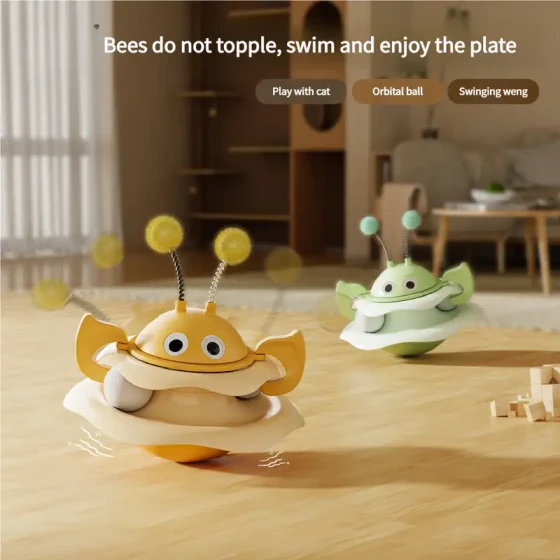Feeding Key Points for Belgian Malinois

Malinois Dog
For newly purchased Belgian Malinois puppies, owners should consider giving the dog time to become familiar with the new environment instead of constantly playing around the dog. Within the first week after arriving home, it is best to feed according to the previous owner's feeding method, and gradually change the diet plan after the puppy has adapted.
Key Points for Feeding 2-Month-Old Puppies
When the puppy arrives home, the family often likes to surround and play with it. Seeing how cute it is, they can't help but give the puppy what they consider the best foods, such as tasty meats. However, after 1-2 days, puppies often suffer from gastrointestinal dysfunction. This kind of indulgence is very wrong; what should be considered is: because puppies have weak gastrointestinal digestion capabilities, the food should contain as little fiber as possible and be soft and easy to digest. Generally, for puppies under 3-4 months, porridge-like foods or dry food soaked in water are suitable. Other foods can often cause indigestion and diarrhea.
It is especially important to point out: puppies eating cow's milk easily cause diarrhea. Because the composition of cow's milk is very different from dog milk. Canine mother's milk has a high protein content, three times that of cow's milk, and 7.5 times that of human milk; it is high protein, high fat, and low lactose, while cow's milk and human milk powder are low protein, low fat, and high lactose. The dog’s intestine lacks sufficient enzymes to digest lactose (a genetic factor). If the milk (or food) given to puppies contains a high amount of sugar, it often ferments in the intestines, causing diarrhea.
Therefore, 2-month-old puppies should be fed high protein foods plus vegetables (equivalent to food for 4-5 month-old babies). For example, chicken breast or lean beef, with a small amount of vegetables, cut into fine strips, mixed with some bread crumbs or rice. Feed 3-4 times a day. If calcium powder (or bone powder, active calcium, etc.) is appropriately added to the food, along with 1-2 drops of vitamin A and D liquid, it better meets the puppy’s skeletal growth needs.
Key Points for Feeding 3-Month-Old Puppies
At 3 months old, puppies should begin to have a regular feeding schedule. Feeding times should generally be arranged during the day, following the animal’s typical activity rhythm. For three meals a day, breakfast around 8 a.m., lunch around 1 p.m., and dinner around 6 p.m.
The composition and quantity of food are basically the same as at 2 months. Because the dog is growing significantly every day, the amount should be appropriately increased, generally by about 1/5 every 3-5 days. If you prepare the food yourself, you can add just a little salt.
The adult size, bone thickness, and other body traits of a dog are determined by genetics and are not greatly affected by the amount of food and nutrition. During growth stages, different body parts grow unevenly; from birth to 3 months mainly body length and weight, from 4-5 months mainly body length, and after 7 months mainly body height.
Therefore, during growth, it is necessary to pay attention to nutrition balance and ensure adequate nutrients. But puppies eating too much can damage the stomach and affect gastrointestinal function, while eating too little cannot meet the nutritional needs for growth, leading to weight loss, poor immunity, and illness. Puppies in the growth phase should generally be given nutritionally balanced food, and specialized puppy food is widely available on the market.
Key Points for Feeding 4-Month-Old Puppies
The 4-8 month period is a very important growth phase for puppies, which requires meeting various nutritional needs. At 4 months, puppies can be fed some specialized dry dog food and rice. Cooked meat, fish, vegetables, and broth can be mixed into specialized food or combined with rice, noodles, etc. Adding a little calcium powder and vitamin A and D liquid to the food is recommended, along with a small amount of salt and sugar, but never too much.
The amount of food varies with the breed and body size. If there are several dogs, you cannot give the same amount to all; individual differences need to be considered. Generally, feed an amount roughly equal to the size of the puppy’s head each meal, with two feedings daily in the morning and evening. The owner must control and understand how much each dog can eat. It is best to feed them separately to avoid fighting and injury due to food competition.



